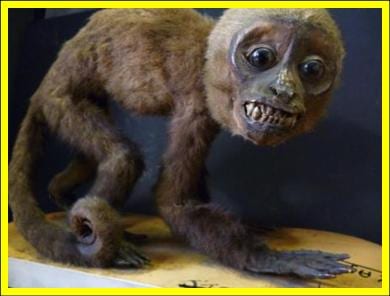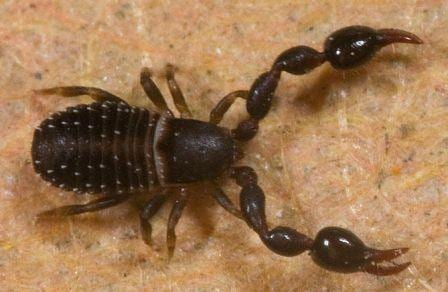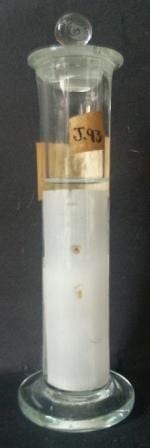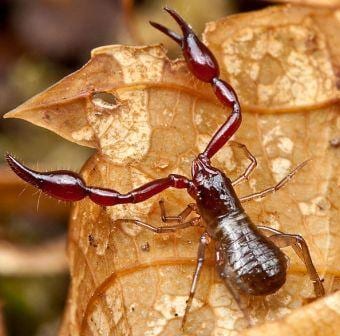Specimen of the Week: Week Ninety-Four
By Emma-Louise Nicholls, on 29 July 2013
 Six blogs away from the big 1-0-0! In the run up to the 100th blog I am going to bring to you the top ten specimens at the Grant Museum, as voted for by…. me. I have employed strict criteria with which to segregate the top ten from the other 67,990 specimens that we have in our care…
Six blogs away from the big 1-0-0! In the run up to the 100th blog I am going to bring to you the top ten specimens at the Grant Museum, as voted for by…. me. I have employed strict criteria with which to segregate the top ten from the other 67,990 specimens that we have in our care…
1) It must not be on permanent display, giving you a little behind-the-scenes magic, if you will, as the specimen will then go on display for the week of which it has been named ‘Specimen’. Oh yes. That’s almost as good as our exhibition It Came From The Stores. Almost.
2) It must have at some point in the past made me say ‘woooo’ out loud (given my childlike disposition for expressing wonderment at the world at large, this is not necessarily a hard qualification for the specimen to achieve)
3) I must know (at least in a vague sort of a way) what species the specimen is, as SotW is researched and written within a strict one hour time frame.
With that in mind, at Number Seven, this week’s Specimen of the Week is…
**The pseudoscorpion**
1) As the pseudo part of the name suggests, these tiny creatures are not actually scorpions. They have eight legs, have jackknife shaped mouth parts (chelicerae) and can produce silk, which makes them those most favourite amongst invertebrates, yep- they are spiders. It is not just a good PR rep that made them adopt the name pseudoscorpion. They do, for the most part, greatly resemble scorpions, down to the pincers. They are missing the tail though which you’ve seen the Scorpion King, you’ll know is a major feature of a scorpion.
2) Pseudoscorpions are super tiny. Normally, no longer than 5 mm in total length, with the largest of the not inconsiderable 3,300 species reaching a whopping 12 mm, I think my bunny slippers just ran for cover. (To quote one of my favourite films). The most commonly encountered species is the one we have here which is the unadventurously named house pseudoscorpion. Told you not to expect much. Don’t let the name put you off though, they *are* brilliant. The house pseudoscorpion is a fetching brown colour and has eight legs, two pincers, and two eyes (not a pointless fact, some species have four). The abdomen is divided into 12 segments (though you’ll probably only be able to count 10, so you’ll have to take the other two on faith). The pincers that give it its fake scorpion association are HUGE. Compared to the owner, which is only 4 mm in length don’t forget. The pincers are more than twice the length of the legs and when extended, can reach over twice the length of the body. If these animals were bigger than 4 mm, they’d be really scary.
3) Mating between house pseudoscorpions is fascinating. The male establishes a mating territory of up to 2 cm in size. No, that’s not a typing error. They then rub themselves on the floor in the middle (presumably excreting pheromones) and wait for a female to wander over. As she enters the area, he will begin to vibrate and shows off the size of his pincers (not a euphemism). To impregnate the female, the male will release a packet of sperm and then carefully guide the female on top of it. It’s kind of sweet really. This whole process can last up to an hour.
4) Between 20 and 40 eggs are produced which the female carries around with her. The babies hatch as tiny (tiniER) versions of the adults, much like great white sharks, (probably the only similarity between the two) and will stay with their mum for several days. They can sometimes be seen riding around on her back. The time from egg laying to them being ‘weaned’ and going off in to the world takes a whopping three weeks. To reach their adult size the baby house pseudoscorpions moult three times over a period of between 10 and 24 months, depending on the environmental temperature. They reach old age pensioner-hood between 3 and 4 years of age.

A pseudoscorpion with particularly impressive pincers
(pedipalps). (Image by Kaldari. Taken from
commons.wikimedia.org)
5) WARNING: CONTAINS GRAPHIC EATING METHODS.
Teeny tiny they may be but pseudoscorpions are actually mega scary. If you are their prey. They inject poison from glands in their pincers which paralyses their victim. They then tear the prey apart ALIVE and the body fluids sucked out. Told you they were scary.
One Response to “Specimen of the Week: Week Ninety-Four”
- 1
 Close
Close




Just wanted to say how much I enjoy your writing. Entertaining and informative. Keep up the good work!